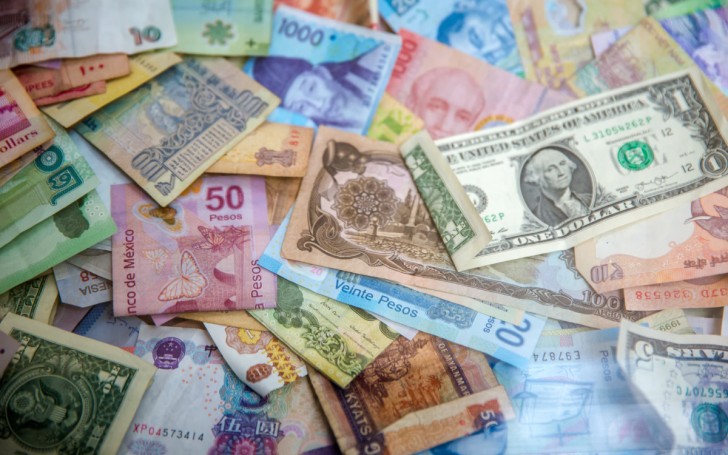For those with experience in the forex market, it tends to be fairly straightforward. There’s a lot to keep track of, and successful trading is never guaranteed, but the market itself can become familiar fairly quickly. To people just getting started in the FX world, however, there can be a little bit of a learning curve. If that’s you — whether you’re looking into forex as a means of diversifying from other markets, or you’ve never done much investing at all — we have some tips that may help you as you seek to get started.
Learn About Currency Pairs
One of the first things you’ll discover when you look into FX trading is that currencies are actually traded as pairs, which effectively function as single assets. You do not, for instance, purchase U.S. dollars with British pounds. Instead, you make an investment in the GBP/USD pairing, which represents the pound’s value relative to that of the dollar. The GBP/USD “going up” signifies a relative increase in the pound’s value, such that if you had bought into the GBP/USD pairing you would stand to profit.
The full list of pairs you can trade in FX markets is vast. However, there are a number of world currencies that feature in a significant majority of trades. World Atlas provides a helpful look at some of these currencies — including the U.S. dollar (USD), the Euro (EUR), the British pound (GBP, and the Japanese yen (JPY) — which you will see most frequently in FX markets.
Try Simulated Trades
Once you have a feel for the most basic elements of forex trading, such as how currency pairs work, you can go ahead and try your hand at simulated trading. It is outlined on FXCM’s MetaTrader 4 overview that “demo” platforms can be downloaded on most major browsers, and expose you to realistic and accurate simulations of the real forex markets. Through these demos, you can try your hand at trading with no risk of losing real money. You’ll undoubtedly make some mistakes, but this is often the best way to learn. Practicing in a simulation will help to clarify the aspects of the market you need to educate yourself more thoroughly on.
Study Influencing Factors
When you’ve begun to get a feel for FX markets, currency pairs, and how trading actually works, it’s a good idea to start familiarizing yourself with why the markets move. Of course, you won’t always be able to tell. The forex market involves constant transactions and nearly unimaginable sums of money, and some of the hour-to-hour fluctuations are difficult to explain. Bigger trends, however, can sometimes be chalked up to various world events and influencing factors. Not too long ago for instance, our post ‘Euro Strengthens Against the Dollar’ pointed out that America’s ongoing pandemic struggles and U.S.-China tensions were affecting prices. Learning to keep an eye out for these types of influencers will ultimately serve you well in assessing your own trading activity.
Learn Trading Methods
Before you get started in the FX markets, you’d also do well to study up on the different trading methods available to you. The most straightforward involves buying and selling currency pairs, as discussed above. However, forex can also be traded through ETFs, futures, CFDs, and options. There are pros and cons to each of these methods, but they’re all worth a look before you get started. You may just find that one method appeals to you more than the others.
Determine Your Strategy
In addition to figuring out which method works best for you, you’ll also want to take some time to figure out your intended strategy. And in large partite, this means deciding whether you’re more interested in trading or investing. As a piece by CNBC made clear a few years ago, this question is crucial to market success, but people also tend to confuse the two concepts.
Unfortunately, however, a lack of clarity regarding your intention and strategy can result in poor handling of a given asset or currency pair. For instance, if you intend to invest in a more long-term way, but your asset quickly declines, you might accidentally adopt a trading mentality and withdraw your funds, cutting losses and looking to other trades to make up ground. This doesn’t mean that you can’t adapt or improvise in your FX dealings. But generally, it’s best to know whether you’re in it more for long-term investment or shorter, more frequent trades.
Keep these tips in mind, and you’ll be off to a good start in understanding and engaging with FX markets. There will still be plenty to learn as you go, and developing an effective strategy and approach can take time. But it’s always important to start at the beginning, and in FX it’s surprisingly easy to get acquainted with the basics.
 Editorial staff
Editorial staff

 Editorial staff
Editorial staff


